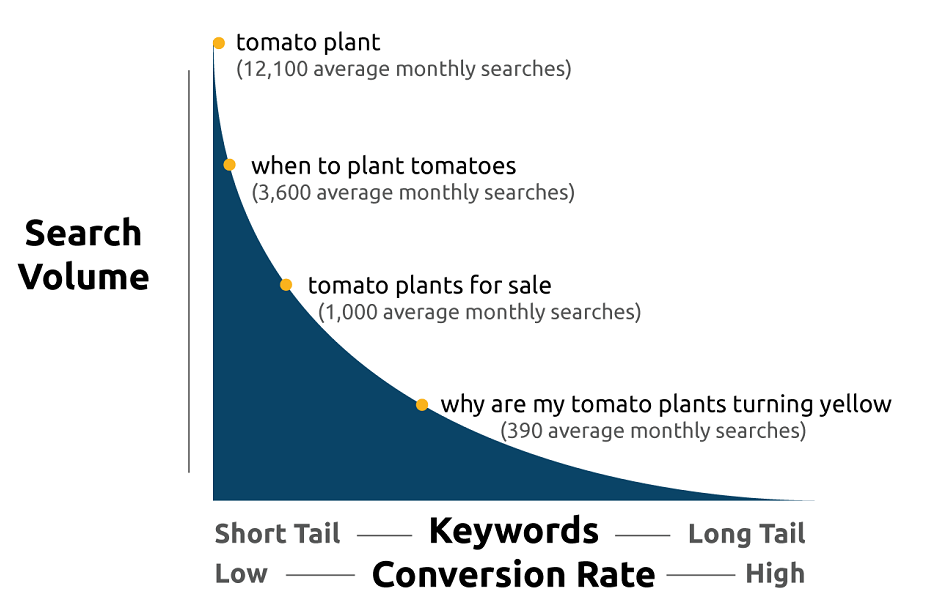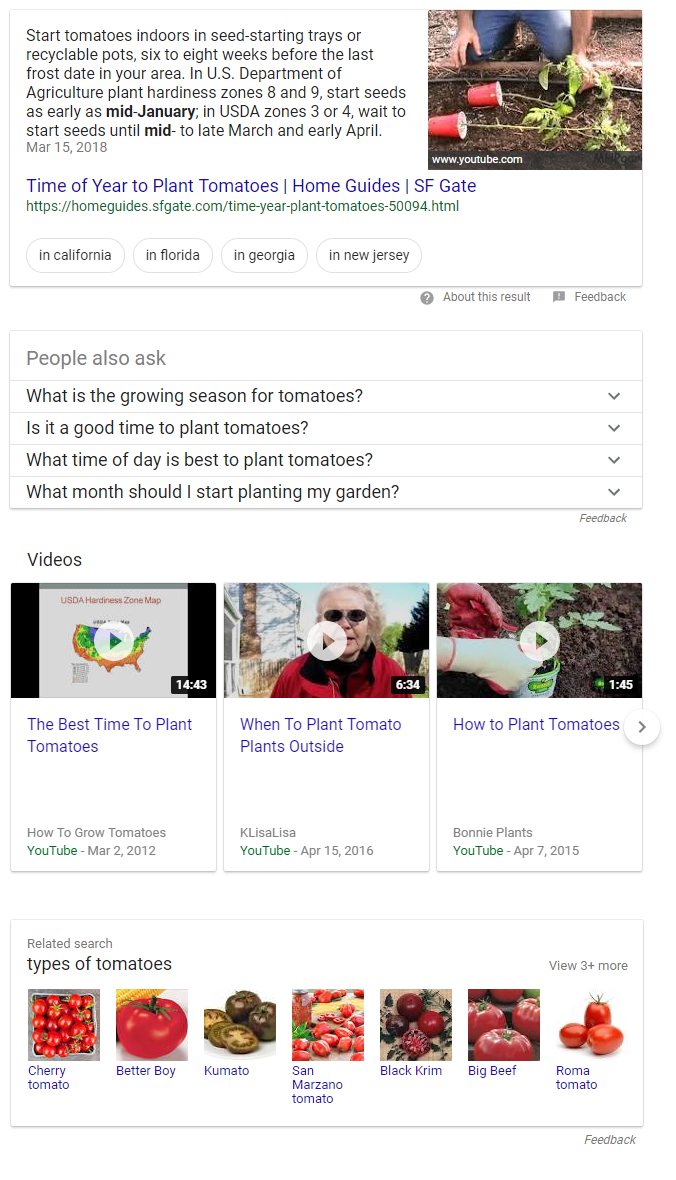Whether you’re running an organic search or PPC campaign, it all starts with keyword research. Keyword research is usually the first step you undertake when planning how to bring in customers to your website – because the terms they’re searching for will determine the kind of content you will create and the way you will optimize it.
Behind every search, however, is an intent – a need or want – whether it be for a product, service, solution, or simply more information. Intent is one of the most significant variables in marketing. All customer journeys, brand engagement, and sales funnels begin with intent.
Brands that use data to uncover the context and motivation behind every search that lead users to their website will be able to deliver an experience that eventually translates to revenue for them. How, then, can you go about capturing customer intent, and influence the decisions that they make and the actions that they take?
Match keywords with intent
All marketers know about the customer journey and the sales funnel. We know about the different touchpoints where customers interact with our brands and we spend hours planning how to interact with them at each of those touchpoints.
However, we frequently overlook the baggage (context) that customers carry when they type in those search queries. The three types of search queries – informational, navigational, and transactional – only clarify top level intent.
Under each of those umbrella categories, you can find a variety of subtypes of keywords that reveal a whole lot about the intent of the searcher.
- Branded: Searchers show a preference for your brand.
- Non-branded: No brand preference yet.
- Product: Interested in a product or service that you sell. These can be further branched out into substitute product and upsell product.
- Business value: Based on the pricing of the product or service, like “luxury watches” or “cheap flights”.
- Competitor: Terms related to your competitors’ brand or product.
- Demographic: Specify the nature of the consumer, like “watches for men” or “music for kids.”
- Occasion: Terms related to a specific event or purpose, like “Halloween costumes” or “sorry flowers.”
Most businesses will find that they’d want organic visibility for almost all of these searcher intents. You can use a grouping of keywords from each of these categories as a seed list and expand upon them using your favorite keyword tool (because, they haven’t started calling themselves “intent research tools” yet).
That will give you a better idea of the search volume, click volume, cost per click, difficulty, trends, SERP features, and other variables, which you can use to estimate how many opportunities you have to interact with the customer (and what that will cost you) as they move along their purchase journey.

Determine how far your customers are from taking action
In the image above, do you see a scenario where a person searching for “tomato plant” might eventually get to “why are my tomato plants turning yellow” a few months down the line? Search is a marketing channel that can reveal the motivations and goals of a person from the queries they type or speak, as well as help you uncover insights into their behavior from what they eventually do on your site.
A study by Northwestern University examined the “psychological distance” between consumers’ current state and their intent to take action using their search queries. The hypothesis was that the farther away a person is from buying something, the more abstract their queries, and the more likely they are to use “why” questions. As they get closer to their goal, they use more concrete, contextual terms with verbs (action words) like “shop” or “buy.”

Data from nearly 25,000 queries revealed that searchers tend to click on results with words that mirrored the nature (abstract or concrete) of their search phrase. Users searching with a browsing intent are 20% more likely to click on a result that stresses abstract words like “best,” while those searching with a buying intent are 180% more likely to click on a result that emphasizes concrete words like “shop.”
What do these results tell you? If you ask me, they underscore the need for mapping content to the intent of the customer at every stage of their buyer’s journey. Aligning keywords to the mindset of your customers allows for more relevant brand messaging, targeted ad or landing page copy, and personalized user experiences that drive more conversions.
Align your SEO with customer intent
When people say keywords are dead, what they mean is you shouldn’t obsess over “optimizing” your blog post or landing page for a particular keyword or set of keywords, because no matter how “smartly” you insert keywords in your titles, subheadings, meta descriptions, or copy, Google is laser-focused on whether your content matches the intent of the searcher.
They are moving from being a search engine to an answer engine. This is evident from how the SERPs show a single answer box (the click-less version of “I’m Feeling Lucky”) along with options such as “People also ask” and “Related search” to further gauge – and meet – searcher intent.

In a nutshell, Google is looking to
- Understand the searcher’s question.
- Analyze all available answers.
- Rank the answers in order of relevance.
This doesn’t mean that all SEO is useless. On the contrary you can use insights from keyword research to structure your content to appear for evolving search features such as instant answers. You then need to make sure that you can truly provide the best answer. Ask yourself:
- Can you provide an accurate answer that matches the searcher’s intent?
- Is your answer structured in the right format?
- Does Google understand your content and consider your website credible enough?
Working towards the outcome of these questions might get you in the answer box for your targeted search terms and intents, but if you want to stay there, you need to consistently get better at all of the above.
Analyzing Google SERPs for different sets of keywords can also help you make critical decisions on whether to use SEO or PPC to target the right intent. For example, if a search term returns a page filled with blog posts, Q&A sites or forums, videos, and the like, as opposed to sales pages for a product or service, it probably means there is no purchase intent there.
Parting thoughts
Achieving high rankings through keyword targeting is a long, drawn-out, extremely competitive and complex process, prone to errors in judgement. You’re far better off trying to understand searcher intent and context, and providing best-match, content that’s relevant to them at the moment.
The variables and factors that influence intent matching differ from those that you take into account while doing keyword research. A keyword doesn’t need to have high search volume in order to have purchase intent and be profitable. Intent matching takes the guessing game out of keyword targeting.
To really get better at search marketing, you need much more than technical SEO, high quality content, and links. You need to optimize your website for user experience at every point in the customer journey, and encourage them to take the right actions that eventually result in conversions.
Rohan Ayyar is the Regional Marketing Manager at SEMRush.
The post How to move from keyword research to intent research appeared first on Search Engine Watch.
from SEO – Search Engine Watch https://ift.tt/2PgHVeT
via IFTTT

No comments:
Post a Comment